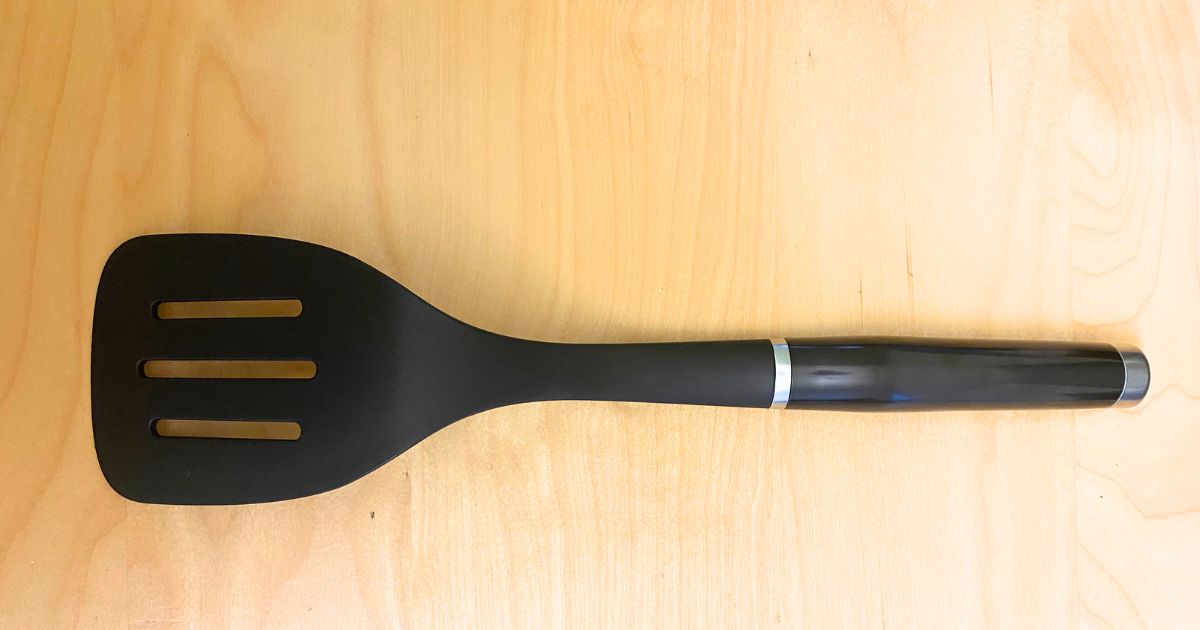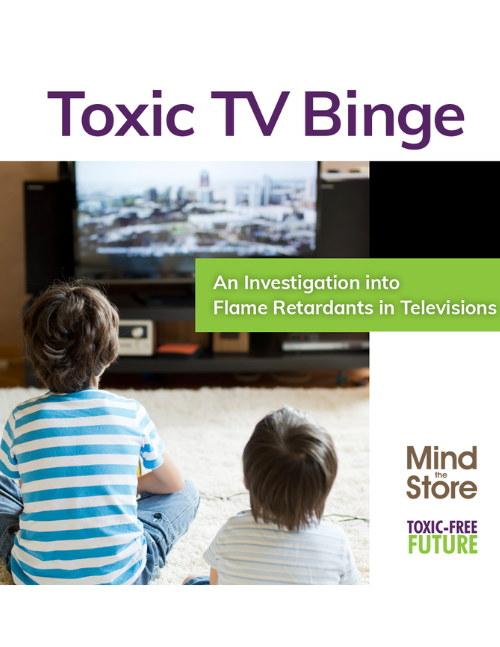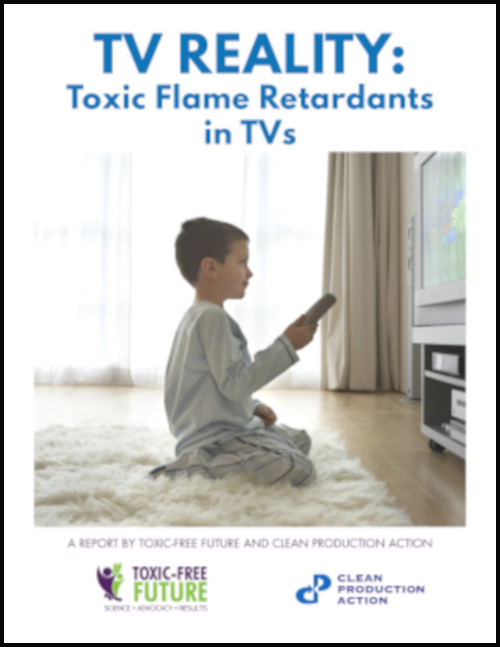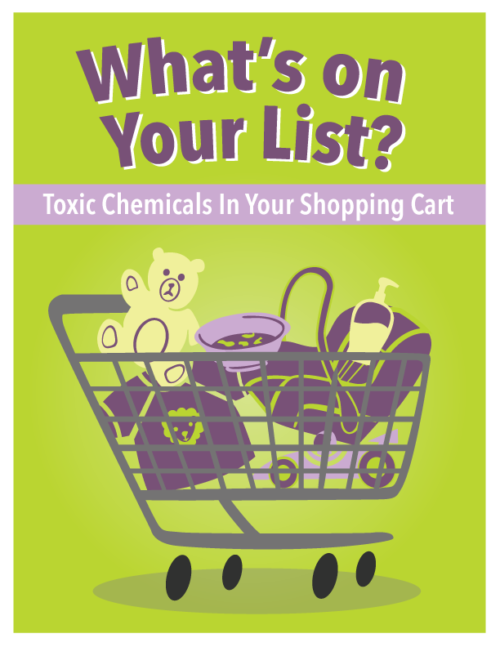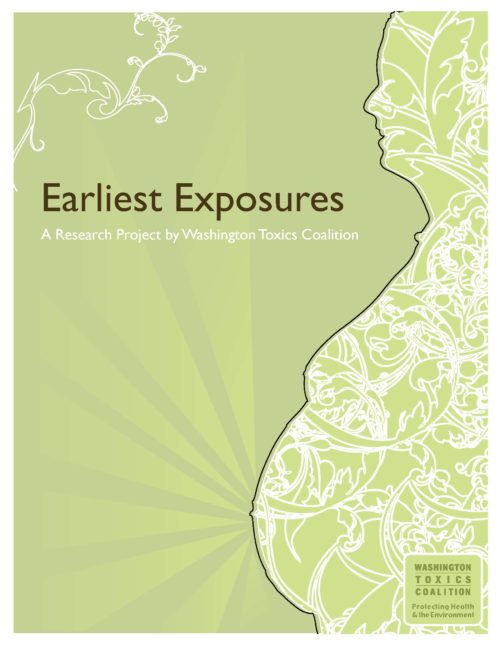Toxic Chemicals in Plastic Products
The Problem
Plastics are everywhere—from grocery bags to vinyl flooring—and with their convenience comes serious harm. Many plastic products contain toxic chemicals like phthalates and flame retardants, which can impact our health and safety. As plastic use skyrockets, so do the consequences: polluted oceans, overburdened communities facing disposal challenges, and rising greenhouse gas emissions from plastic production—now a major driver of climate change.
TOXICS IN PLASTICS
Our Key Projects & Priorities
Ban PVC and vinyl chloride
PVC and vinyl chloride put communities, workers, and the environment at risk—from cancer-causing air pollution to toxic plastic waste. Toxic-Free Future is leading the fight to ban these dangerous chemicals and protect public health. Learn how we’re taking action and how you can help.
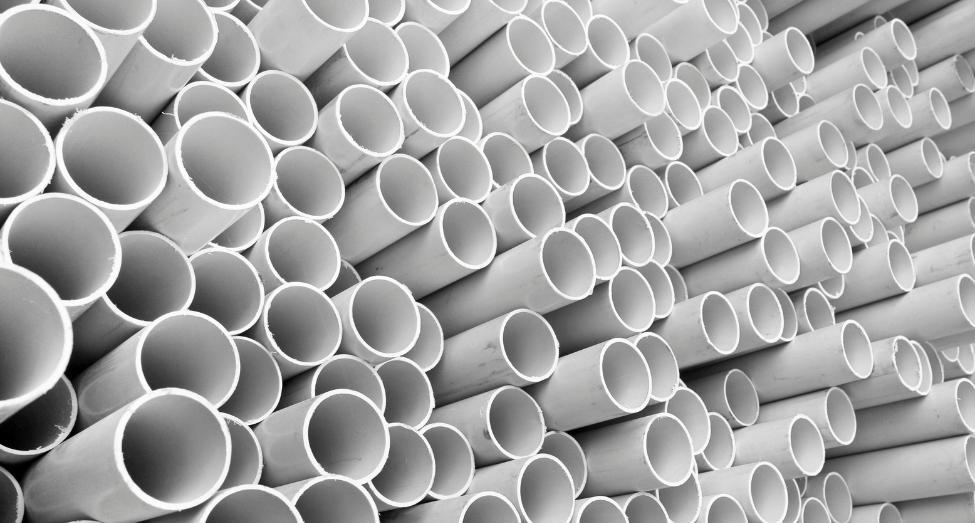
Ban styrene and polystyrene plastics
Polystyrene plastics, commonly used in food packaging and consumer goods (like toys, electronics, and building materials) are made from styrene—a carcinogen linked to leukemia and lymphoma. The production and disposal of these plastics release hazardous chemicals like benzene and ethylbenzene, disproportionately affecting low-income communities and communities of color. Toxic-Free Future is working to ban styrene and polystyrene plastics to protect people and the planet.
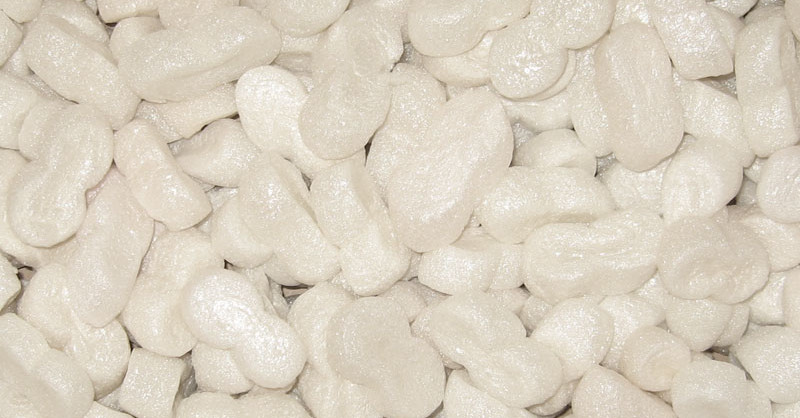
Healthier Building Materials
Many common building materials contain toxic chemicals—like flame retardants in insulation and PFAS in carpets—that can harm human health, especially in low-income communities. Toxic-Free Future is leading efforts to eliminate these hazardous substances by advocating for safer alternatives and influencing policy changes. Learn how we’re building healthier environments for everyone.

Toxic chemicals in electronics
Many electronics—from TVs to tablets—contain flame retardant chemicals linked to cancer, lower IQ, and hormone disruption. These toxics escape plastic casings, polluting indoor air and exposing families through dust. Toxic-Free Future is pushing companies and policymakers to eliminate these harmful chemicals and make electronics safer for everyone.
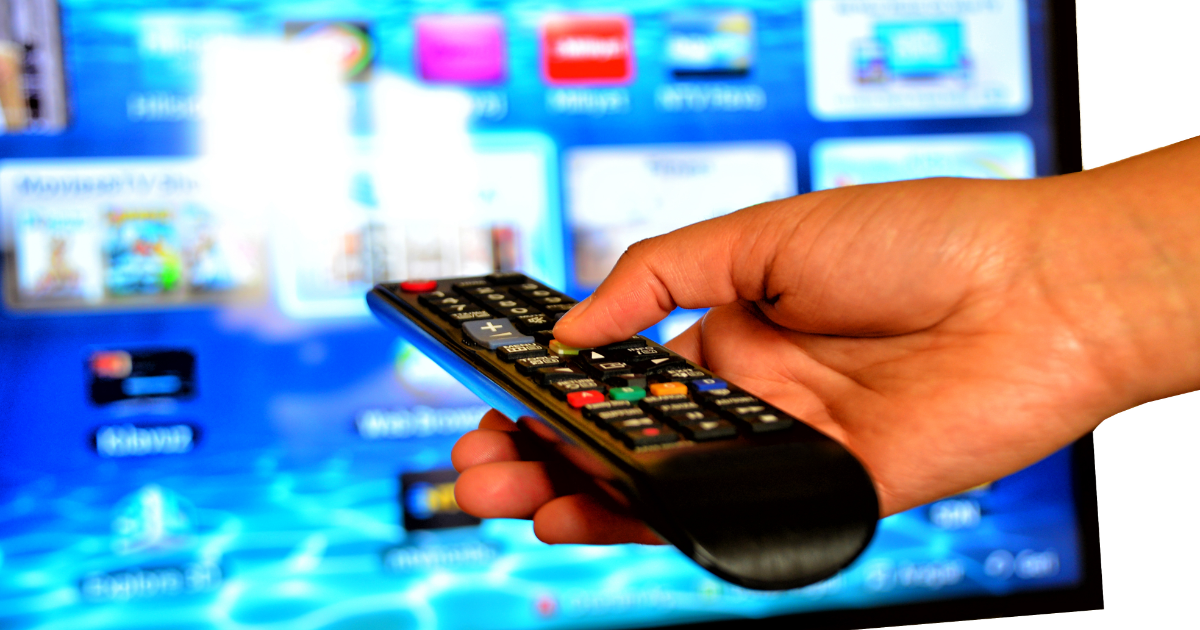
What are plastic additives?
Plastic additives can leach from food cans and water bottles into our food, escape into the indoor air of our homes, and are found in microplastics. Even before birth, children are exposed to plastics that can harm their development. The universal exposure of pregnant women to toxic plastic ingredients means every fetus develops in the presence of hormone-disrupting chemicals. And as we learn more about microplastics, researchers have found they even contaminate human placenta. Exposures continue once babies are born, with many babies’ first food—breast milk—contaminated with a cocktail of plastics ingredients.
Many chemicals that are added to plastics, whether for flexibility, flame resistance, stain resistance, or durability, have not been adequately screened for safety. Meanwhile, research has found that a number of well-known additives—plasticizers like phthalates, PFAS in clothing, and flame retardants used in electronics—are associated with serious health conditions.
The impacts on workers, low-income communities, and communities of color
The production and disposal of plastics, such as PVC plastic, have an especially high impact on workers, low-income communities, and communities of color. “Cancer alley,” located on the Mississippi River between Baton Rouge and New Orleans, accounts for 25% of the petrochemical production in the United States. Cancer rates in the region are much higher than the national average, and majority Black communities are more at risk than white ones. And with their highly toxic combustion products, plastics like PVC/vinyl pose a serious danger in areas where incinerators and landfills are located.
The Solution
We can build healthier and more resilient communities by drastically reducing plastic use and moving to safer materials and processes. This includes replacing plastic bottles with glass and vinyl flooring with linoleum. As a result of our science and research, together with our advocacy for better policies at the national, state, and corporate level, governments and major retailers have taken action on toxic plastics.
What Toxic-Free Future is doing
Toxic-Free Future is working to reduce the use of toxic plastics and the dangerous chemical additives, such as vinyl, polystyrene, PET, PFAS, toxic flame retardants, phthalates, and antimony, by winning government and market policies. We support prevention-based policies that include ingredient transparency, assessment of chemical hazards, bans on the most hazardous, and requirements for the use of the safest options.
Our Impact
- Lowe’s, The Home Depot, Menards, Floor and Decor, and others committed to stop the sale of vinyl flooring containing hormone-disrupting phthalates—stopping the use of tens of millions of pounds of these harmful additives.
- Washington state is pursuing regulatory restrictions on phthalates in vinyl flooring.
- Amazon announced that it will end the use of PFAS, phthalates, BPA and other bisphenols, vinyl, polystyrene (PS), and expanded polystyrene (EPS) in certain private-label food contact materials.
What is the truth about recycling?
When it comes to plastic, it’s now abundantly clear that recycling can’t turn plastic into a safe and sustainable material. The only real solution is to reduce our reliance on plastic by moving to safer and reusable materials.
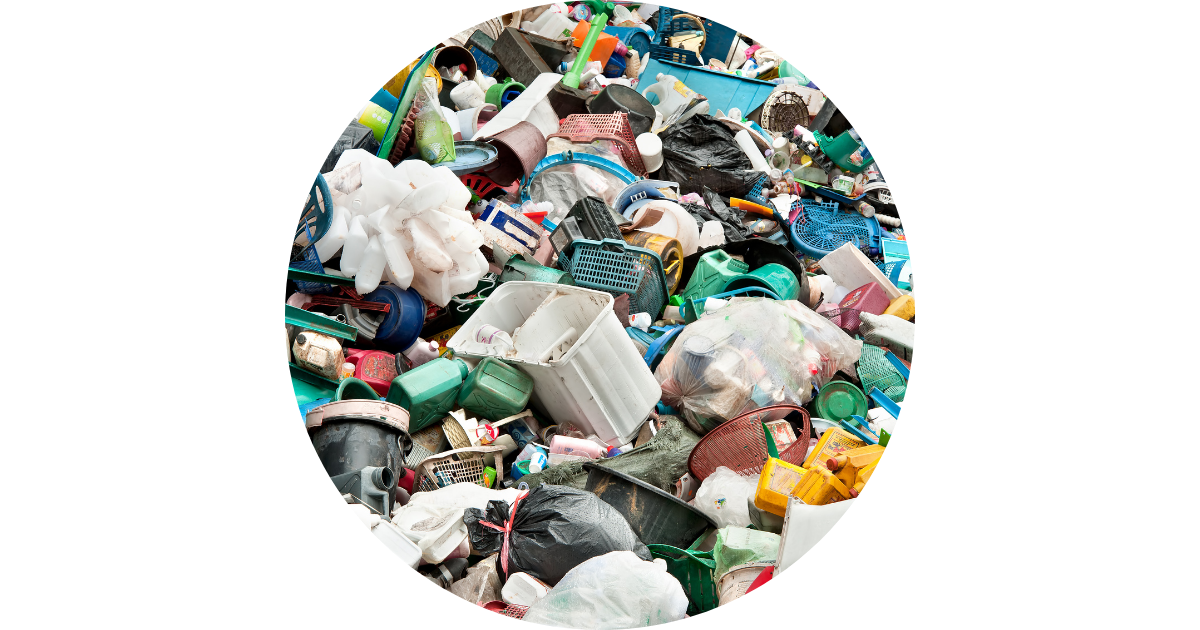
Our Media Coverage
Take Action


